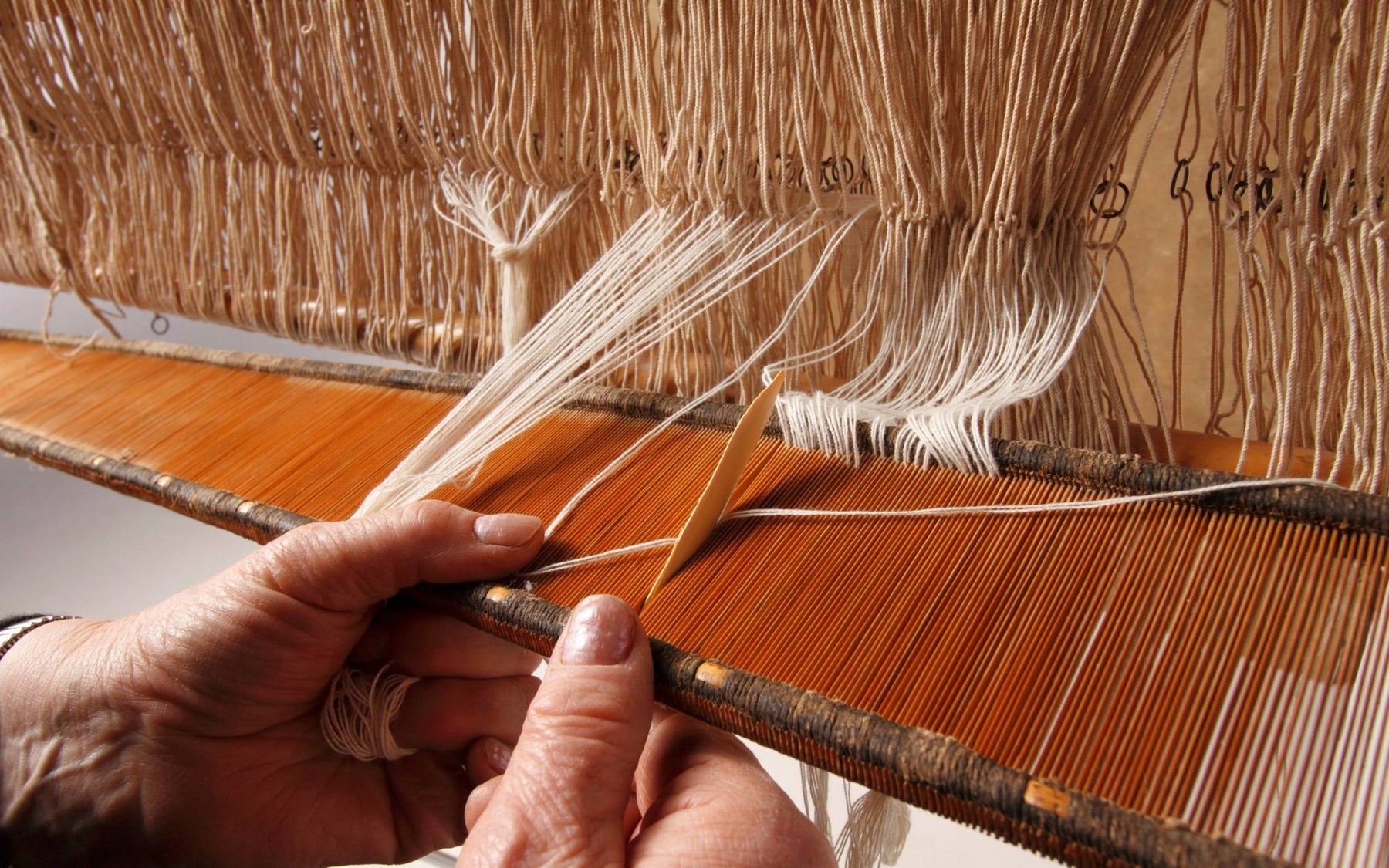
What is Woven Textile Design?
Introduction:
Woven textile design is a complex and intricate art form that has been practiced by civilizations around the globe for centuries. This creative discipline combines artistic expression with technical expertise to create fabrics that are not only visually appealing but also functional in their purpose. In this blog, we will delve into the world of woven textile design, exploring its history, techniques, and significance in contemporary society.
The History of Woven Textile Design:
Woven textiles have been an integral part of human culture for millennia. The origins of weaving can be traced back to ancient civilizations such as Egypt, Mesopotamia, and China, where intricate textiles were created using primitive looms and natural fibers like linen and silk. As time passed, the craftsmanship and sophistication of woven fabrics continued to evolve, with different cultures developing their unique techniques and designs.
Techniques and Processes:
Woven textile design involves the interlacing of two distinct sets of yarns, known as the warp and weft, on a loom. The warp threads are set up vertically on the loom, while the weft threads are passed horizontally through the warp, creating the fabric structure. Various techniques, including plain weave, twill weave, and satin weave, alter the characteristics of the fabric, making it stronger, more flexible, or enhancing its aesthetic appeal.
The intricate patterns and designs found in woven textiles are achieved through different weaving techniques like jacquard or dobby weaving. These techniques allow for detailed motifs, complex patterns, and even images to be woven into the fabric. Alternatively, textural effects can be achieved using techniques such as tapestry weaving, in which colored weft threads are introduced element by element, creating intricate pictures or designs.
Significance in Contemporary Society:
Woven textile design has found relevance in numerous aspects of modern society. Fashion designers and textile artists continue to incorporate woven fabrics into their collections, showcasing their creativity and skill. The interplay of colors, patterns, and textures produced through woven textiles adds depth and richness to garments, elevating their aesthetic appeal.
Moreover, woven textiles play a vital role in interior design and home furnishings. From tapestries adorning walls to upholstery fabrics on furniture and curtains, woven textiles bring warmth, personality, and individuality to any space. Woven designs can transform an interior, create a focal point, or establish a unique ambiance, making them an indispensable tool for interior designers.
Furthermore, the versatility of woven textiles extends beyond fashion and interior design. Industries such as automotive manufacturing, aerospace engineering, and healthcare rely on the durability and technical features of woven fabrics. Advanced designs are woven to provide strength, insulation, and protection in various applications, demonstrating the range of possibilities inherent in this discipline.
What are the key elements of woven textile design?
The key elements and techniques involved in woven textile design include:
- Fiber selection: The choice of fiber, such as cotton, wool, silk, or synthetics, determines the texture, drape, and appearance of the fabric.
- Color and dyeing methods: Colors can be achieved through different techniques like yarn dyeing (prior to weaving) or piece dyeing (after weaving). Dyeing can be done using natural or synthetic dyes.
- Weave structures: Various weave structures, such as plain weave, twill weave, satin weave, or jacquard weave, create different patterns, textures, and effects in the fabric.
- Yarn selection: The choice of yarn thickness, twist, and type (e.g., single, ply, or blended) affects the strength, durability, and visual impact of the textile design.
- Pattern creation: Patterns can be created using different methods like dobby weaving, jacquard weaving, or by manipulating the warp and weft yarns to create texture or geometric designs.
- Computer-aided design (CAD): The use of specialized software to create, modify, and visualize textile designs allows for precise control over color, pattern, and repetition.
- Texture and finishes: Textures can be incorporated through techniques like pile weaving, dobby weave, or using novelty yarns. Additionally, finishes like brushing, shearing, or embossing can be applied to enhance the texture and appearance.
- Surface decoration: Techniques like embroidery, appliqué, or printing can be used to decorate the woven textile surface with additional designs, motifs, or textures.
- Fabric construction and loom types: The choice of loom (e.g., handloom, power loom, or mechanical loom) and fabric construction (e.g., plain, dobby, or jacquard) determine the complexity and capabilities of the woven textile design.
- Structure and aesthetics: The interplay of the warp and weft yarns, tensions, color combinations, and overall design composition contribute to the structural integrity and visual appeal of the woven textile design.
These elements and techniques combine to create a wide range of patterns, textures, and designs in woven textiles, ensuring versatility and artistic expression in the field of textile design.
Conclusion:
Woven textile design stands as a timeless art form that beautifully combines tradition and innovation. Its rich history, intricate techniques, and multifaceted applications demonstrate its enduring significance in contemporary society. Whether adorning a runway, accentuating an interior, or enhancing technical functionality, woven textiles continue to captivate our senses and serve as a testament to human creativity and craftsmanship.
Leave a comment